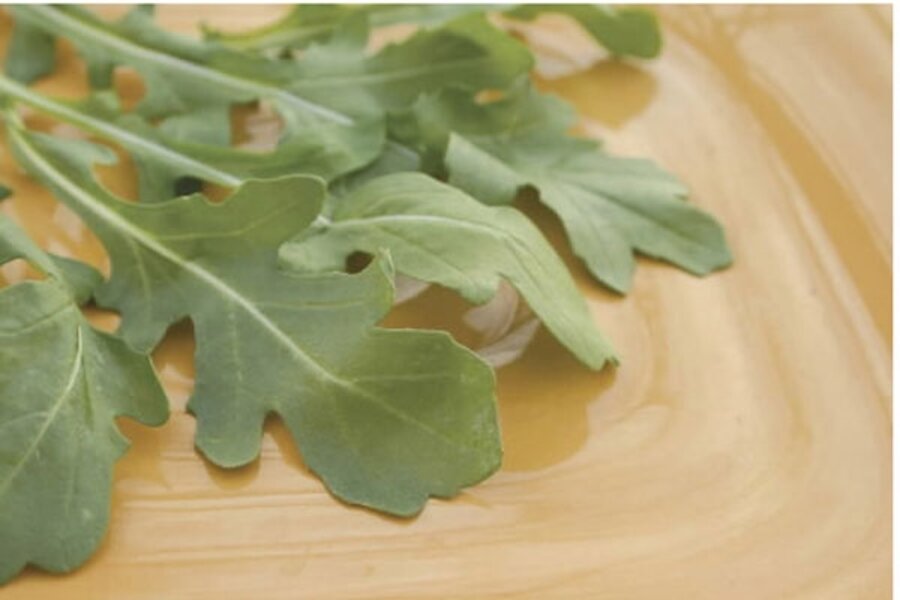Kits make growing microgreens easy
Loading...
Microgreens and sprouts are among the easiest things to grow in kitchen gardens, but even for these there are shortcuts. Commercially produced microgreen planting kits, for example.
These multipiece sets, which retail at around $30, make growing microgreens more convenient than assembling them on your own. Most such kits include plant trays, absorbent pads, growing medium (vermiculite, potting soil), and seed packets.
Few companies offered much in the way of micro green supplies until recently, said Tracy Lee, horticulture manager for The Cook's Garden, a Warminster, Pa.,-based seed source for European garden vegetables.
That is changing quickly because of demand from new or time-deprived gardeners trying to provide wholesome, flavorful food for their families, Lee says. Micro green blends have become one of the company's top-selling items since they were added to the catalog two years ago.
The kit collection she put together for 2009 includes one seed packet each of beets (Bull's Blood), cress (Broadleaf), kohlrabi (Chancellor), cutting celery, peas (Green Arrow), and spinach ("Rembrandt").
"They are still a bit of a niche product, but I have started seeing them heavily just this year, so I think they have finally broken through," Lee said. "We have placed them in some of the big-box stores and they are selling well."
Microgreen kits also are great for kids learning how to garden, said Susan Jellinek, horticulturist for Thompson & Morgan Seedsmen of Jackson, N.J. "They're easy to do and kind of fun. Just spread some seeds over a surface."
Little is required in the way of harvest tools. Just find a pair of scissors that comfortably fit your hand and clip away.
"You harvest them at the first stages of germination, when the true leaf emerges," Ms. Jellinek said about microgreens. "Those are different from the little seed leaves. They're the beginnings of a mature plant. Clip off just the buds. You can cut them at tray height level. That makes things really easy."
See related story here.
(Click here to visit the Monitor's garden section, which links you to blogs, essays, and articles on many different growing topics.)





